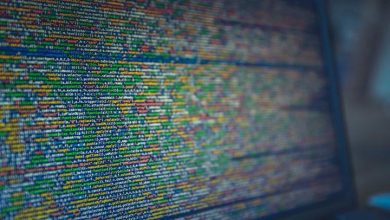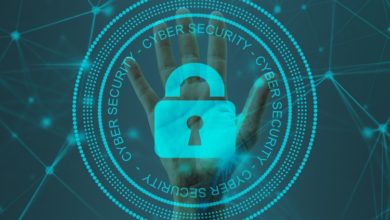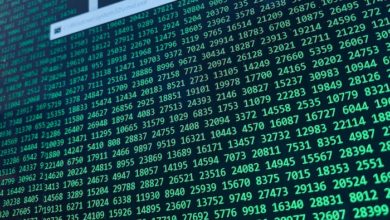Top 5 Best Practices for Protecting CUI
Controlled Unclassified Information (CUI) is information that requires safeguarding or dissemination controls consistent with applicable laws, regulations, or government-wide policies. It includes confidential business information, personally identifiable information, and unclassified controlled technical information.
The responsibility of safeguarding and correctly handling CUI falls upon anyone who creates information that is considered CUI. Protecting CUI is important to prevent data breaches or cyber-attacks that could ruin businesses or harm individuals. This article will explore five best practices to help organizations protect their CUI and avoid cyberattacks.
1. Encrypt Your Data
Encryption is converting plaintext into ciphertext, which makes your data unreadable by unauthorized individuals without a secret key. Encrypting your data prevents hackers from accessing or stealing them, even if they manage to penetrate your security defenses. The encryption method chosen should be robust and appropriate for the specific type of CUI data you are dealing with. AES-256 encryption is currently the highest standard encryption method, offering the highest level of security. Companies must prioritize encryption for data stored on their IT infrastructure and in any communication.
2. Regularly Educate Your Employees
Many cybersecurity incidents result from human actions, such as employees falling victim to phishing attacks or sharing login credentials. Therefore, it is necessary to provide employees with regular training to train them on cybersecurity best practices and familiarize them with CUI handling requirements. Regular training sessions help employees become familiar with emerging cybersecurity threats’ latest trends, enabling them to identify, report, and respond to potential CUI security incidents. It will also help improve the overall security culture.
3. Restrict Access to Sensitive Information
Establishing a strict policy requiring authentication for users seeking access to CUI can help achieve this objective. Implementing access control measures will help ensure that only authorized personnel can access the CUI and its associated systems. Train employees on CUI handling procedures and have them sign a non-disclosure agreement before being granted access.
In addition, Organizations should also follow NIST SP 800-171 guidelines for protecting CUI. By following NIST SP 800-171, organizations can ensure they have the necessary infrastructure, policies, and procedures to protect their CUI from potential breaches or cyber-attacks.
4. Password Protections
A simple process such as password protection can ensure that the CUI data is safe from cyberattacks. Enforcing strict password requirements such as the length of the password, alternating numbers, letters, and special characters can reduce the chances of hacking. Such protocols can make passwords harder to crack, thus increasing the protection of CUI data. Another great practice for password protection is two-factor authentication, where a user must enter a secondary code and password to access the CUI data. Regularly updating and rotating passwords for each login is a good practice to increase password security.
5. Continuous and Vigilant Monitoring
Continuous monitoring can help organizations detect potential threats or vulnerabilities that could expose CUI to unauthorized access. By monitoring systems and networks, companies can detect abnormal system behaviors and changes to CUI data. Real-time monitoring activities can be automated, allowing the security team to react quickly to potential threats. Moreover, companies should implement analytics and reporting systems that enable security personnel to track and analyze activities and user behaviors in the devices where CUI is stored. Implementing these tools and regular auditing as part of security protocols can help reduce the time it takes to detect, respond to an attack, and restore access to CUI.
Endnote
Protecting CUI is imperative to safeguarding information, reducing risk, and avoiding unauthorized access or disclosure. Encrypt data, educate personnel, restrict access, practice password protection, and monitor activities closely to ensure that CUI is adequately protected. Moreover, regular auditing and testing of security systems can identify weak points in your security posture and provide insight into areas where improvements are needed.





